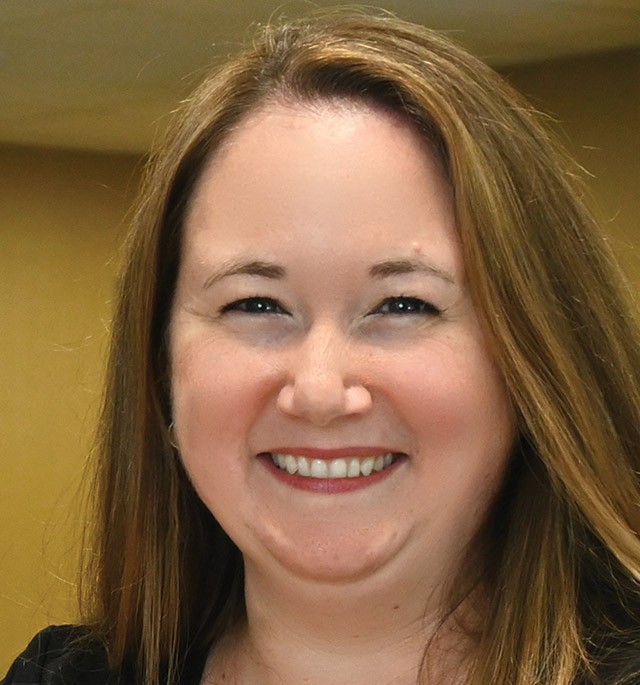Hey, Ag Industries! Don’t be All Hat, No Cattle when it comes to public-facing communication.

What if we told you that you are all hat, no cattle? Well, that burns, doesn’t it? It insinuates that someone is all talk, can’t substantiate words or claims and is fundamentally a poser. In the agriculture and ranch world, all hat, no cattle is a real insult. It inflicts a wound from a place of (perceived) authority, stability and solid ground. It insinuates that we (those hurling the insult) are grounded, true and righteous, and you (the insultee) are most certainly not. It is a timeless offense — one worthy of public U.S. Presidential insults, as it was thrown at Bush by a U.S. Congresswoman in response to his State of the Union Address in January 2004 and, more recently, in a perspective in 2019 in the Washington Post.
All hat, no cattle is an ideal agriculturalist insult of an interesting flavor because we are, after all, the ones with the cattle. Inherently, we’re the grounded ones…the experts, if you will. We are whole and wholesome. The cowboys, the legends, the pioneers, salt of the Earth, hardworking folks…We can’t possibly be all hat, no cattle? I’m wearing the hat and I’ve got the cows.
But what if we’ve got it wrong? Science communication, especially public-facing science communication in a world where a pandemic and COVID-19 vaccine hesitancy threatens economic and societal recovery and mis/disinformation in science communication is running rampant, is really difficult. However, if we want to walk the walk and back up our own talk, then we need to accept that responsibility lies with us — the communicators — to translate our understanding of the science.
Perhaps, more importantly, we need to thoughtfully consider that:
- Communication is not a one-way transmission of information or indoctrination or about enhancing scientific literacy, and
- Communication is a multi-faceted exchange where we open ourselves up to more meaningful conversations as a way to connect and learn. And, yes, accept that we will open ourselves up to criticism.
Communication is Not a Two-Way Paved Highway; It is a Rocky Rangeland
Agricultural industries are awash in scientific advancements worth communicating, and worth communicating well. Society is watching; these days there is no isolated ranch life and no way to keep things ‘off the books’. We’re living in a time of radical transparency where people want — actually, they demand — transparency as a way of life for industries, individual businesses and other entities. While COVID-19 brought many of the societal systems we rely on to their knees, the agricultural and food supply systems, while indeed under strain and even greater public scrutiny, actually showed to be reasonably resilient.
But how committed are we to effective science communication? Agricultural industries are increasingly willing to state commitments to science communication, transparency in practices and about products, and in forming better relationships with the general public (and not just our direct business-to-business customers or clientele). One doesn’t simply accomplish transparency and then wash their hands and move onto the next task. Transparency is a continuous process. To operate within glass walls requires humility, because the path isn’t always clear and the terrain is anything but smooth. The rangeland of public expectations is rugged and changing, and the audience is watching from afar with a very critical eye.
Communication Means Vulnerability and Tradeoffs are Inevitable; It’s About Give and Take
Science communication isn’t marketing. Education isn’t trying to change someone’s mind so that they agree with you. I (Nicole) recently said that, “At the end of the day, you can’t force people to believe something, you can’t force people to want something, but we can do our best to communicate science in such a way that people can see the consequences, both positive and negative.” And while this may be frustrating, it’s also true. Tradeoffs are a realistic and necessary part of progress.
Communication fundamentally opens us up to criticism and the potential for discovering (or highlighting) varying positions or viewpoints. We are all operating on incomplete information, and in science, we’re always learning something new or different from what we previously knew or shared.
Sharing openly and honestly is a risk, personally and in business, and transparent, authentic communication means putting yourself out there. And if you’re really being transparent and honest with your whole self out there on display, then there are likely some not so flattering angles to be seen alongside the social media-ready images we would prefer be highlighted. It’s the same hat, but it’s different cattle and different rangeland. We can’t skip the hard stuff, because the ‘stuff’ we refuse to deal with today, be it hard, uncomfortable, unflattering, or simply deemed less important, forms the fodder for tomorrow’s mis/disinformation. Again, transparency isn’t a goal — it’s a way of life. And transparency, alongside humble communication, means that we need to lean into discomfort ourselves.
In July 2020, I (Nicole) wrote that Words Matter and that,
“If you are serious about engaging in conversations (and not just one-sided soapbox speeches of your own making) on potential contentious issues, recognize that words matter, and mind your manners.”
I also posited that Consensus is Not Required for Progress,
“When we set out to talk to someone on the other side of an emotionally charged issue, especially one that challenges a closely held moral or ethical beliefs, chances are high the conversation will end with two disagreeing parties. Even if the intention of the exchange is to explain and willingly attempt to understand what is being communicated in return, the other party may not change their views dramatically. There’s no guarantee that just because someone listens and understands you, they will take to your side.”
–Quote originating in the book Against the Odds: A Path Forward for Rural America by Bruce Vincent, Nicole Olynk Widmar and Jessica Eise.
Taken all together, the fundamental feature of conversation is two-way communication amongst willing participants with the recognition that even if you perform beautifully, the other party (parties) may simply not ever agree with you — and you may not ever agree with them. But that doesn’t excuse us, the ones with the cattle, from wearing the hat well or trying on new hats for size.
ConsumerCorner.2021.Letter.16





